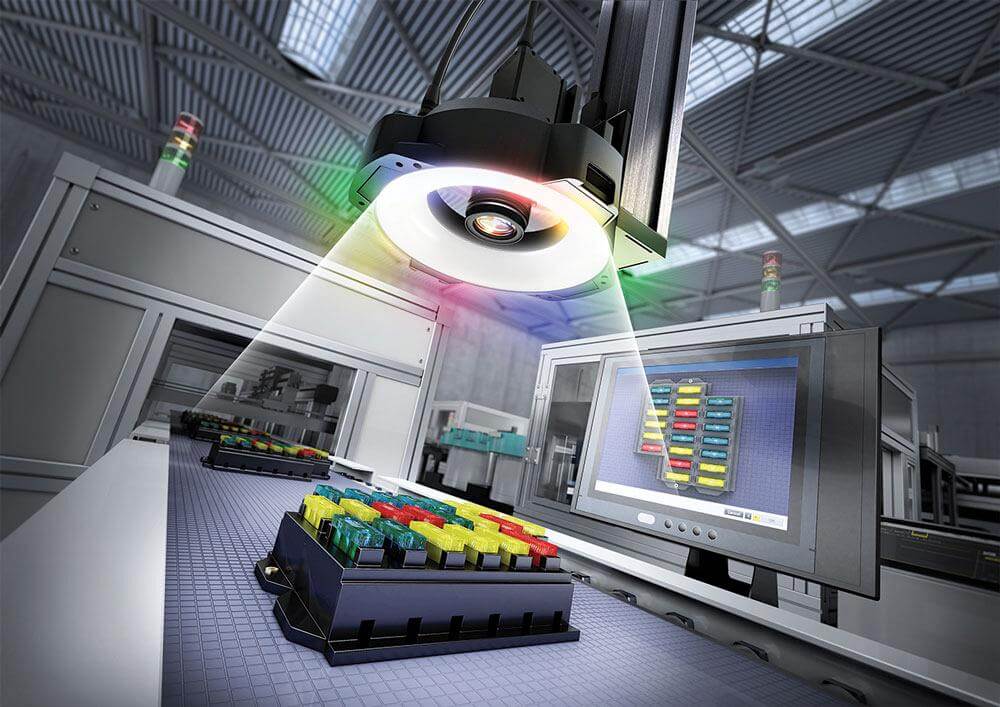MIPI help Raspberry Pi and NVIDIA Jetson gain a foothold in industrial machine vision
Raspberry Pi has been now working with HALCON, a standard machine vision software from MVTec, who is a leading provider of machine vision software.

On Oct 2019, the Raspberry Pi 4 + OV9281 was supported by HALCON through the MIPI (Mobile Industry Processor Interface) interface, accessing via Video4Linux, GenTL, as well as shared memory access in software. Meanwhile, in NVIDIA Jetson Nano, it work with IMX290 sensor module via FPD-LINK III.
It is the first time that the machine vision software is fully compatible with the camera modules, which were developed specifically for high-volume embedded applications and that meet strict industrial standards.
NVIDIA, NXP, TI, and Raspberry Pi already provide the interface of MIPI. It support a wide range of sensors (CCD/CMOS), including RGB-IR sensor, which can save the IR-CUT for down cost. The data can transfer to GPU seamlessly with a maximum transmission rate of 17.1Gbits, without imposing additional load of CPUs. With these, MIPI interface open a new business area beyond industrial machine vision, like medical technology, agriculture, as well as the logistics and retail sectors.
MVTec decides to support ALL core feature like matching, identification, or measuring, even deep learning inference on ARM CPU.
In order to access the performance features of the NVIDIA and Raspberry Pi 4 platforms for embedded vision applications efficiently, some vendor offers a portfolio of MIPI CSI-2 board cameras. Many embedded machine vision applications (especially multi-camera applications) require cable lengths longer than the maximum 20 cm reached with MIPI CSI-2 cameras. Using the FPD-Link III bridge, cable lengths of up to 15m can be achieved

Instead of USB-3 or GigE cameras, why Choose MIPI CSI-2 or FPD-Link-III Camera Interfaces for NVIDIA™ Jetson Nano®, Xavier NX, AGX Xavier and Raspberry Pi 4
The embedded platforms’ MIPI-CSI-2 interfaces are directly connected to the ISP to avoid latencies and data conversions. The Imaging Source’s MIPI-CSI-2 cameras have been specifically designed to pass the raw image data directly to the interface. Since these embedded board cameras include only essential functionality, they are particularly cost effective. NVIDIA embedded platform offer a GPU with CUDA cores and several MIPI-CSI-2 camera interfaces which make them predestined for AI and demanding machine vision applications, capable of running several neural networks in parallel to implement image segmentation, image classification and object recognition.
For less demanding image processing tasks, the Raspberry Pi 4 with a MIPI-CSI-2 camera interface and an ISP is also an excellent choice. Here too, the MIPI-CSI-2 interface is directly connected to the ISP. The Raspberry Pi 4, for example, is capable of compressing high-resolution H.264 images and sending them via Ethernet or WLAN.